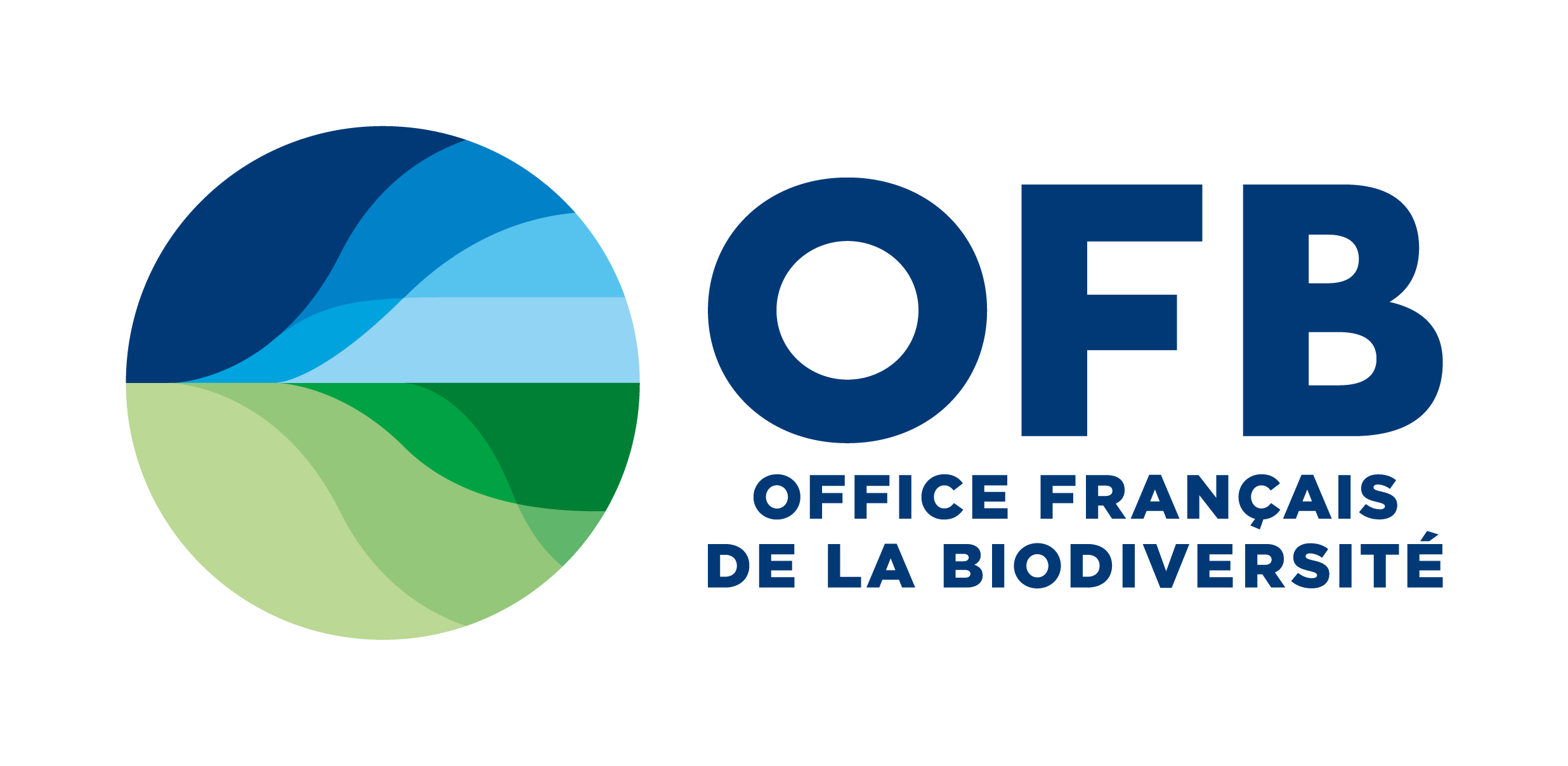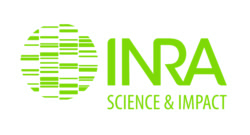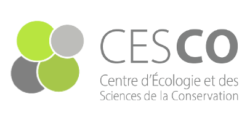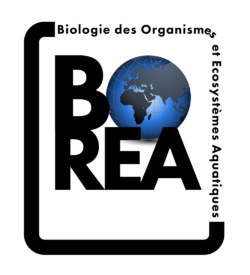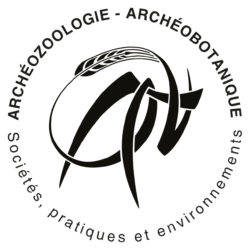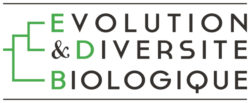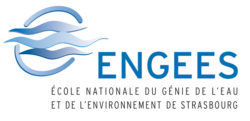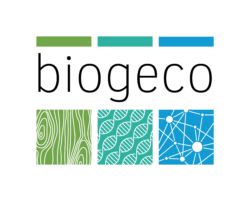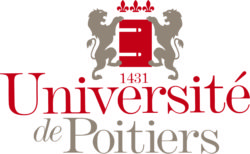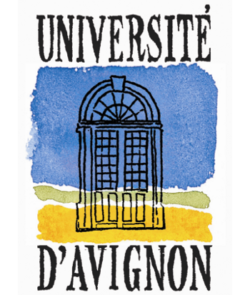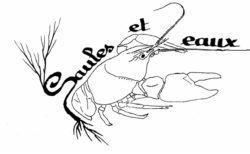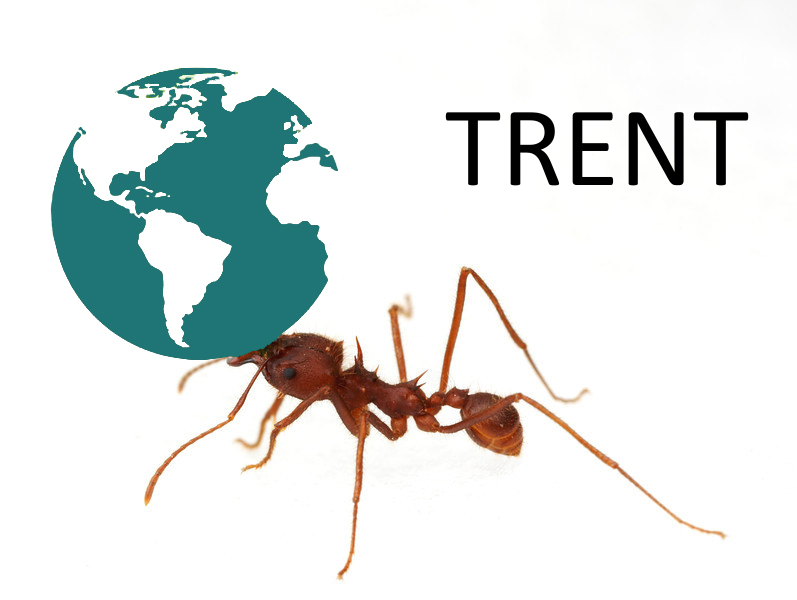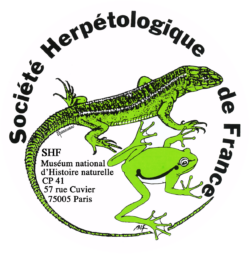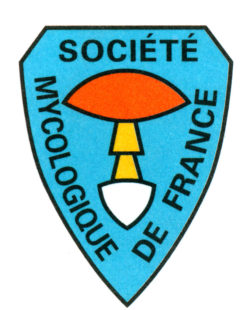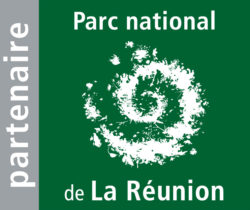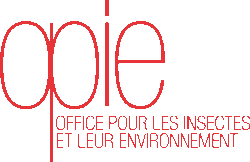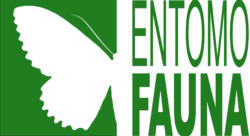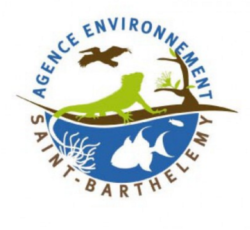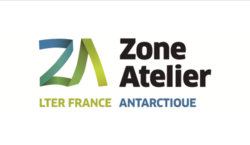Références bibliographiques relatives à la fonge
Pour trouver un mot, tapez celui-ci dans la barre de recherche de votre navigateur
Brannelly, L. A., et al. 2017. Non-declining amphibians can be important reservoir hosts for amphibian chytrid fungus. Animal Conservation: n/a-n/a. Lire
Brasier, C. M. & K. W. 2001. Buck Rapid Evolutionary Changes in a Globally Invading Fungal Pathogen (Dutch Elm Disease). Biological Invasions 3(3): 223-233. Lire
Brockerhoff E.G., & al. 2016. Role of insect vectors in epidemiology and invasion risk of Fusarium circinatum, and risk assessment of biological control of invasive Pinus contorta. Biological Invasions doi:10.1007/s10530-016-1059-8. Lire
Burrowes, P. A. & I. De la Riva. 2017. Unraveling the historical prevalence of the invasive chytrid fungus in the Bolivian Andes: implications in recent amphibian declines. Biological Invasions 19(6): 1781-1794. Lire
Dejean, T., Miaud, C. & Ouellet, M. 2010. La chytridiomycose : une maladie émergente des amphibiens. Bulletin de la Société Herpétologique de France 134 : 27-46. Lire
Desprez-Loustau, M.-L., & al. 2009. Species diversity and drivers of spread of alien fungi (sensu lato) in Europe with a particular focus on France. Biological Invasions 12(1): 157-172. Lire
Díez, & al. 2005. Invasion biology of Australian ectomycorrhizal fungi introduced with eucalypt plantations into the Iberian Peninsula. Issues in Bioinvasion Science: EEI 2003: a Contribution to the Knowledge on Invasive Alien Species. Dordrecht, Springer Netherlands: 3-15. Lire
Ficetola F. ,& al. 2011. Batrachochytrium dendrobatidis in amphibians from the Po River Delta, Northern Italy. Acta Herpetologica 6(2): 297-302. Lire
Ghelardini, L., & al. 2017. Ecology of invasive forest pathogens. Biological Invasions 19(11): 3183-3200. Lire
Greenspan, S. E., & al. 2012. Transmission of Batrachochytridium dendrobatidis to wood frogs (Lithobates sylvaticus) via a Bullfrog (L. catesbeianus) vector. Journal of Wildlife Diseases 48(3): 575-582. Lire
Iqbal, Z. Sajjad, R. 2013. Some Pathogenic Fungi Parasitizing Two Exotic Tropical Ornamental Fishes. International Journal of Agriculture & Biology 15: 595-598. Lire
Katz, T. S. & A. J. Zellmer. 2018. Comparison of model selection technique performance in predicting the spread of newly invasive species: a case study with Batrachochytrium salamandrivorans. Biological Invasions 20(8): 2107-2119. Lire
Kiros-Meles, A., & al. 2010. Invasion of Rhynchosporium commune onto wild barley in the Middle East. Biological Invasions 13(2): 321-330. Lire
Loo, J. A. 2008. Ecological impacts of non-indigenous invasive fungi as forest pathogens. Biological Invasions 11(1): 81-96. Lire
Desprez-Loustau, M.-L. 2009. Alien Fungi of Europe. DAISIE, Handbook of Alien Species in Europe : 14 pp. Lire
Garbelotto, M., & al. 2009. Comparing the influences of ecological and evolutionary factors on the successful invasion of a fungal forest pathogen. Biological Invasions 12(4): 943-957. Lire
Garcia-Feria, L.M. & al. 2017. El comercio de anfibios y la presencia de Batrachochytrium dendrobatidis en vida libre: ¿dispersión en círculo vicioso? Neotropical Biology and Conservation 12(1):30-36. Lire
Greenhawk, N. & al. 2017. Baseline amphibian survey and sampling of Batrachochytrium dendrobatidis in the Icaco and Hormiga valleys, Patillas, Puerto Rico. Phyllomedusa 16(1):63–69, 2017. Lire
Laufer, G., & al. 2018. Current status of American bullfrog, Lithobates catesbeianus, invasion in Uruguay and exploration of chytrid infection. Biological Invasions 20(2): 285-291. Lire
Miaud, C., & al. 2016. Invasive North American bullfrogs transmit lethal fungus Batrachochytrium dendrobatidis infections to native amphibian host species. Biological Invasions 18(8): 2299-2308. Lire
Miaud, C. & Montgelard, C. 2015. Prévalence et identification génétique d’un champignon parasite des Amphibiens dans l’herpétofaune d’Alsace. 33 p. Lire
Miaud, C. 2013. Un champignon menace les amphibiens. Qu’avons-nous appris sur la chytridiomycose ? Le Courrier de la Nature, 277 : 1-7. Lire
Morin, L., & al. 2013. Invaded range of the blackberry pathogen Phragmidium violaceum in the Pacific Northwest of the USA and the search for its provenance. Biological Invasions 15(8): 1847-1861. Lire
Okabe, K., & al. 2017. Unintentional introductions of microscopic organisms associated with forest insects. Biological Invasions 19(11): 3229-3242. Lire
Osyczka, P., & al. 2011. Timber transported to Antarctica: a potential and undesirable carrier for alien fungi and insects. Biological Invasions 14(1): 15-20. Lire
Schemeller, D., & al. 2011. Using amphibians in laboratory studies: precautions against the emerging infectious disease chytridiomycosis. – Laboratory Animals 45: 25–30. doi: 10.1258 la.2010.010101. Lire
Smart, C. D. & W. E. Fry. 2001. Invasions by the Late Blight Pathogen: Renewed Sex and Enhanced Fitness. Biological Invasions 3(3): 235-243. Lire
Thomsen, C. N. & M. M. Hart. 2018. Using invasion theory to predict the fate of arbuscular mycorrhizal fungal inoculants. Biological Invasions 20(10): 2695-2706. Lire
Vacher, J.-P., Miaud, C., & Dejean T. 2014. Une nouvelle espèce pour la fonge d’Alsace : découverte deBatrachochytrium dendrobatidis Longcore, Pessier & Nichols, 1999 (Fungi: Rhizophydiales), champignon parasite des Amphibiens. Bulletin de la Société d’Histoire Naturelle et d’Ethnographie de Colmar, 71 : 39-48. Lire
Vannini, A., & al. 2012. Manufactured wood trade to Europe: a potential uninspected carrier of alien fungi. Biological Invasions 14(10): 1991-1997. Lire
Vizzini, A., & al. 2008. Alien fungal species distribution: the study case of Favolaschia calocera. Biological Invasions 11(2): 417-429. Lire
Wingfield, M. J., & al. 2017. The unified framework for biological invasions: a forest fungal pathogen perspective. Biological Invasions 19(11): 3201-3214. Lire
Wingfield, M. J., & al. 2017. Novel associations between ophiostomatoid fungi, insects and tree hosts: current status—future prospects. Biological Invasions 19(11): 3215-3228. Lire


